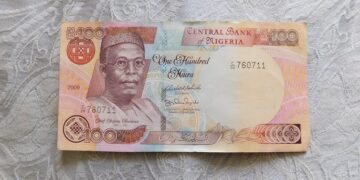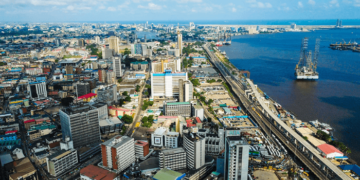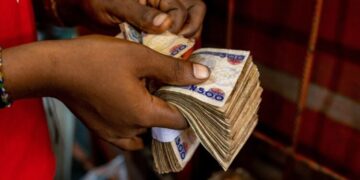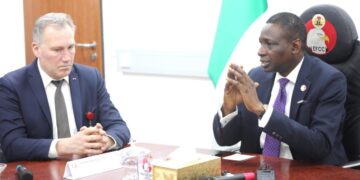The economic disparity between nations remains a pressing global concern. Despite steady global economic growth, some countries continue to struggle with extreme poverty due to factors like political instability, armed conflict, poor governance, and climate change.
Sub-Saharan Africa dominates the list of the world’s poorest nations, with Afghanistan being the only exception. These countries face significant hurdles, including food insecurity, weak infrastructure, and reliance on international aid.
This article discusses the top 10 poorest countries in 2025, examining the root causes of their economic struggles and the challenges they face in their pursuit of development.
Top 10 Poorest Countries in 2025
Below is a list of the top 10 poorest countries in 2025, ranked by GDP per capita:
1. Afghanistan ($434)
Afghanistan’s economy has been severely impacted by ongoing conflict and political instability, leading to widespread poverty and underdevelopment.
2. South Sudan ($448)
Since gaining independence in 2011, South Sudan has grappled with civil war and poor governance. The nation relies heavily on oil exports, yet internal conflicts have disrupted production. Additionally, severe food shortages have made South Sudan dependent on international aid.
3. Burundi ($529)
Burundi’s high population density exerts immense pressure on its limited resources. The economy is predominantly agrarian, with most citizens engaged in subsistence farming. However, frequent droughts and soil degradation have led to persistent food insecurity. Political instability and corruption further hinder economic progress.
4. Central African Republic ($582)
The Central African Republic is plagued by instability and conflict, with armed groups controlling large portions of the country. Despite being rich in natural resources like diamonds and gold, these assets are often exploited by corrupt officials or rebel groups, providing little benefit to the general population. The lack of basic services like education, healthcare, and reliable infrastructure further entrenches poverty.
5. Malawi ($552)
Malawi’s economy is heavily reliant on subsistence agriculture, involving the majority of the population. Extreme climate events—including frequent droughts and floods—regularly disrupt crop yields, exacerbating food insecurity. Limited industrialization, inadequate infrastructure, and an education system that struggles to equip the workforce with marketable skills further stifle economic growth. Additionally, Malawi’s landlocked geography makes trade expensive and hinders access to global markets.
6. Mozambique ($668)
Mozambique’s underdevelopment stems from a history of colonial exploitation, followed by a prolonged civil war that ended in 1992. Although the country has abundant natural resources—particularly large gas reserves—their mismanagement, combined with corruption, has limited their contribution to overall development. Infrastructure, particularly in rural areas, remains basic, hampering trade. Periodic natural disasters like cyclones and floods, coupled with an ongoing Islamic State insurgency in the north, have further disrupted economic progress.
7. Niger ($672)
Niger’s poverty is partly driven by its harsh desert climate, which limits agricultural productivity and contributes to frequent droughts. Moreover, as a landlocked country, it faces challenges in accessing international markets, exacerbating its reliance on low-income farming. The fertility rate—one of the highest in the world—puts immense pressure on the country’s limited resources, particularly in terms of food and basic services.
8. Democratic Republic of the Congo ($602)
With vast amounts of valuable minerals, the DRC could be rich, but ongoing conflicts, corruption, and poor infrastructure keep it poor and underdeveloped.
9. Liberia ($708)
Still recovering from its civil wars and a major Ebola outbreak, Liberia’s economic growth is hampered by corruption, a struggling healthcare system, and dependence on exports like rubber and iron ore, which are vulnerable to global market changes.
10. Madagascar ($577)
Madagascar’s low GDP per capita is tied to multiple factors. Firstly, chronic political crises, including coups and contested elections, have weakened institutions and handicapped development efforts. Secondly, deforestation and unsustainable farming practices have degraded the country’s biodiversity, reducing agricultural productivity and increasing vulnerability to natural disasters like cyclones.
Addressing the challenges faced by these countries requires comprehensive strategies that encompass political stabilization, economic diversification, infrastructure development, and improved governance. International support and investment, coupled with domestic reforms, are essential to foster sustainable development and alleviate poverty in these regions.






































Discussion about this post